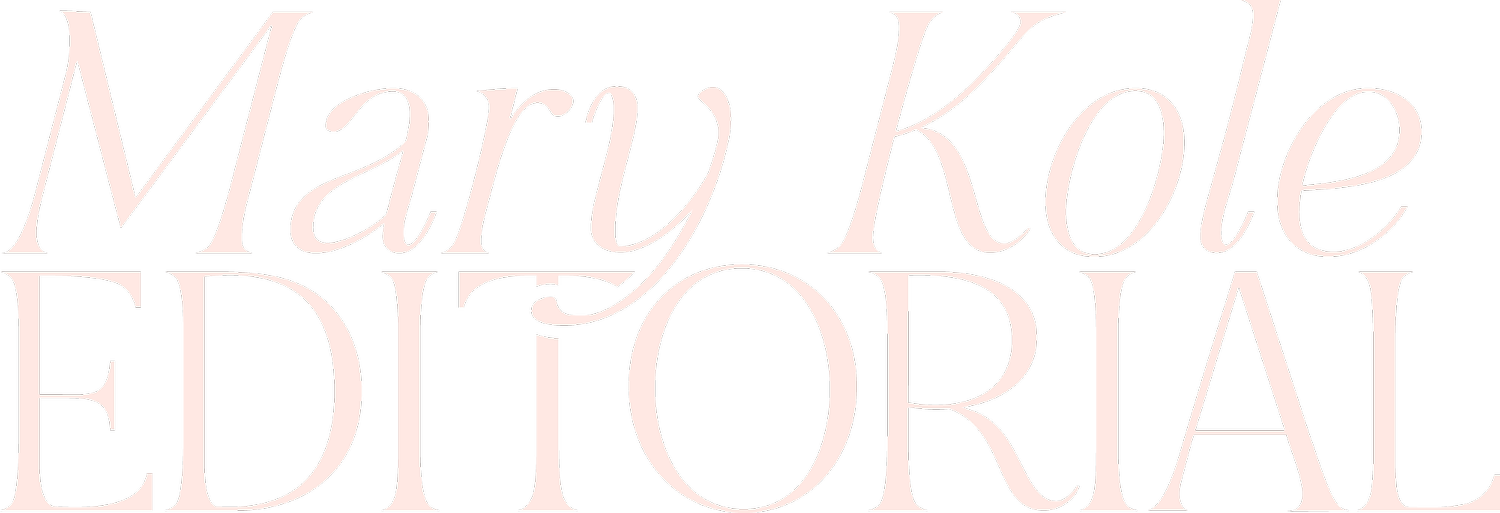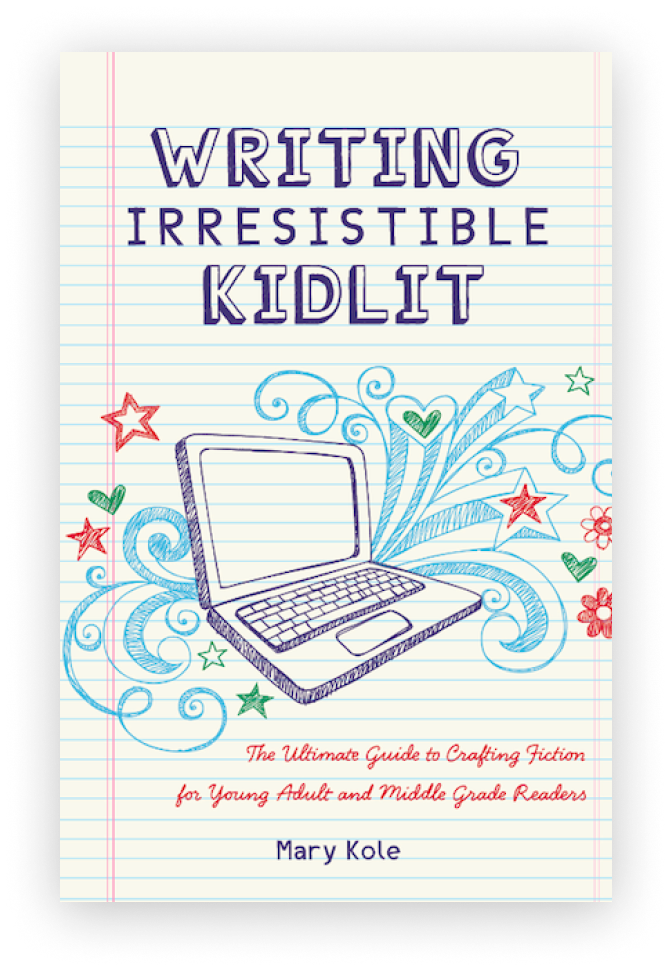Breaking Into Traditional Publishing
By Mary Kole
Mary Kole is a former literary agent, freelance editor, writing teacher, author of Writing Irresistible Kidlit, and IP developer for major publishers, with over a decade in the publishing industry.
Are you an aspiring writer wondering how to take your manuscript to the next level? Traditional publishing is one of the most respected and sought-after markets that writers seek to break into when they look to make their mark on the literary world. In this article, we will discuss the steps necessary to pursue traditional publication. From networking and research, to polishing your manuscript, to submitting to literary agents and publishing houses, I’ll take you through the entire process. I’ll also unpack the benefits of traditional publishing, including the various services it provides, as well as its limitations. Let’s dive in!
Traditional Publishing Step 1: Networking and Research
The first step to traditional publishing is putting yourself out there and networking with industry professionals. This can be daunting, but it is an essential component to success. Attend writing conferences, join writing groups, attend webinars and workshops, and make connections with other writers, editors, and literary agents. Researching the industry is vital to your success. Understand what the market is looking for, which genres are selling, and what trends are emerging. The more knowledge you have, the better equipped you will be to craft a manuscript that will appeal to publishers and agents.
Traditional Publishing Step 2: Polishing your Manuscript
Once you have written your manuscript, it is essential to revise, edit, and polish it until it is the best it can possibly be. This also means seeking writing feedback from beta readers and perhaps even hiring a freelance editor or two, identifying and addressing the flaws and opportunities for growth, and ensuring that the manuscript is as polished and professional as possible. Once you’ve done this, you can work on your query letter and synopsis, which are going to be your submission materials.
Traditional Publishing Step 3: Identifying Literary Agents and Publishing Houses
Manuscript submission to a literary agent or publishing house requires significant research. Identify the agents and houses that represent and publish work similar to yours. Tailor your submissions to a specific agent or house, making sure to follow their submission guidelines closely. Be prepared for writing rejection, but don't let it defeat you. Keep trying and submitting until you find the right fit for you and your manuscript. Patience and perseverance are key writing tools that you’ll need at this stage in the game.
Traditional Publishing Step 4: The Benefits of Traditional Publishing
Traditional publishing offers significant benefits, including access to professional editors, cover designers, and book marketing. Additionally, traditional publishing houses offer advances and royalties to their authors, which can help support your writing career financially. Furthermore, being traditionally published lends credibility to a writer’s work and can help establish a foothold in a competitive industry.
TTraditional Publishing Step 5: Limits and Alternatives to Traditional Publishing
While traditional publishing offers many benefits, it is not the only option for aspiring writers. Self-publishing, for example, allows authors to have complete control over the publishing process, although it also requires a lot of work, learning, and financial investment from the author. Hybrid publishing is yet another option, offering aspects of both traditional and self-publishing, though you’ll have to pay for the services of a vanity press. The key is to understand your options and make the best decision for your career and your manuscript.
Becoming a published writer is a difficult but rewarding journey. Traditional publishing is one of the most prestigious and sought-after options, but it requires hard work and a thick skin. Networking, research, polishing your manuscript, finding the right agent or publisher, and understanding the benefits and limitations of traditional publishing are all essential components of success. Keep in mind that there are alternative options available as well. Whatever path you choose, keep writing, keep learning, and keep pursuing your dreams to join the literary world.

Click here to purchase Writing Irresistible Kidlit, my book on fiction craft for MG and YA novels, out from Writer's Digest Books. This will show you my writing craft philosophy and give you lots of valuable advice, including tips for the novel revision process and self-editing. There are over 35 example novels cited and discussed throughout. It’s a valuable resource for any writer’s toolkit.
Click here to purchase Irresistible Query Letters, my book on query letters, including over forty examples with comprehensive notes on each one. There’s a ton of submission advice, best practices, and insider information in these pages, and you’ll really enjoy seeing what other writers are doing in the slush.
Click here to purchase Writing Interiority: Crafting Irresistible Characters, my book on interiority and character creation. Explore your protagonist’s thoughts, feelings, reactions and interpretations, expectations, and inner struggles to create a rich, immersive experience. This guide will empower you to create characters who live and breathe on the page, fostering an unbreakable bond with your audience.





